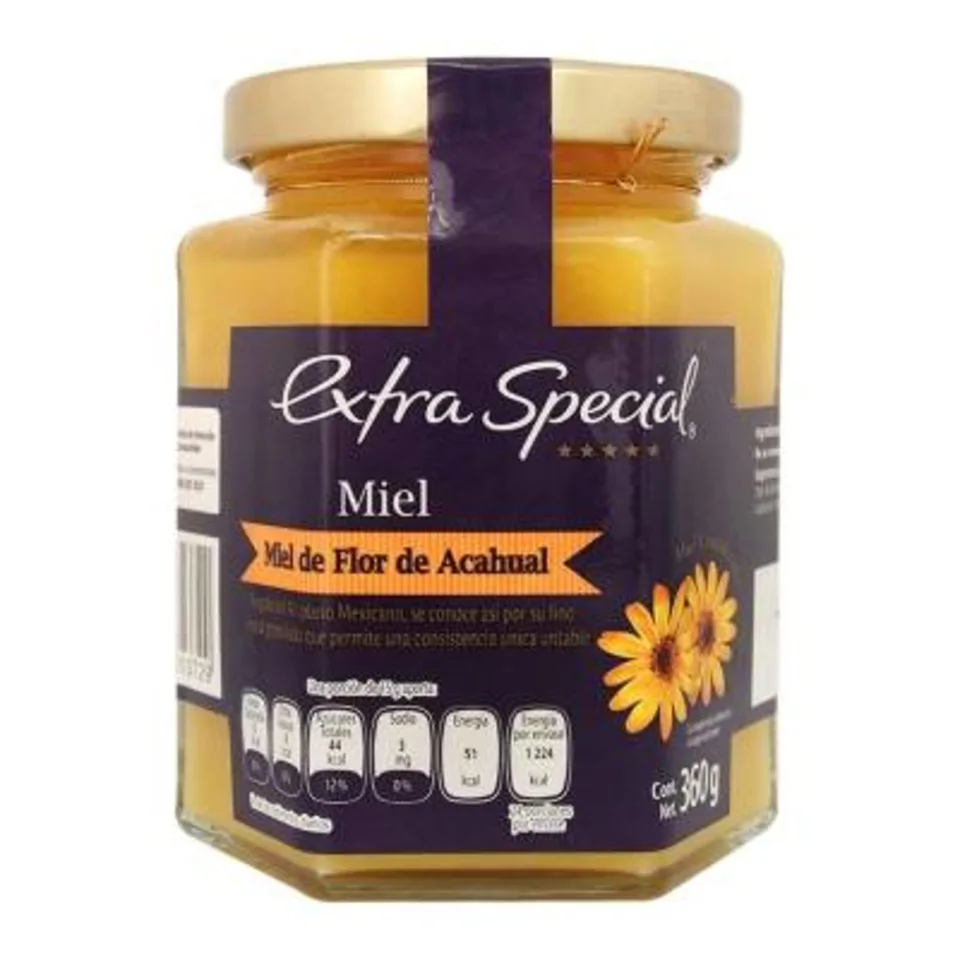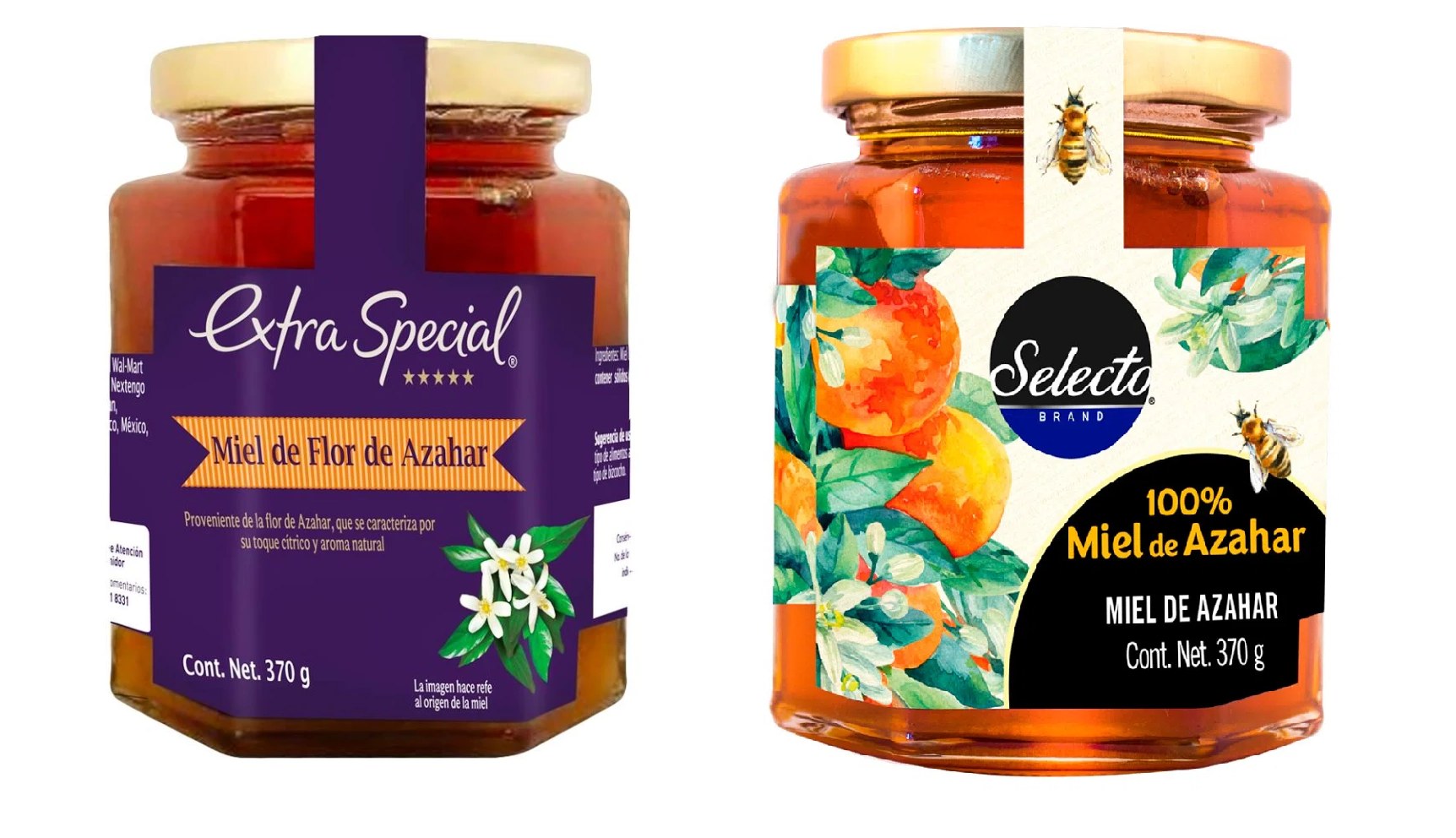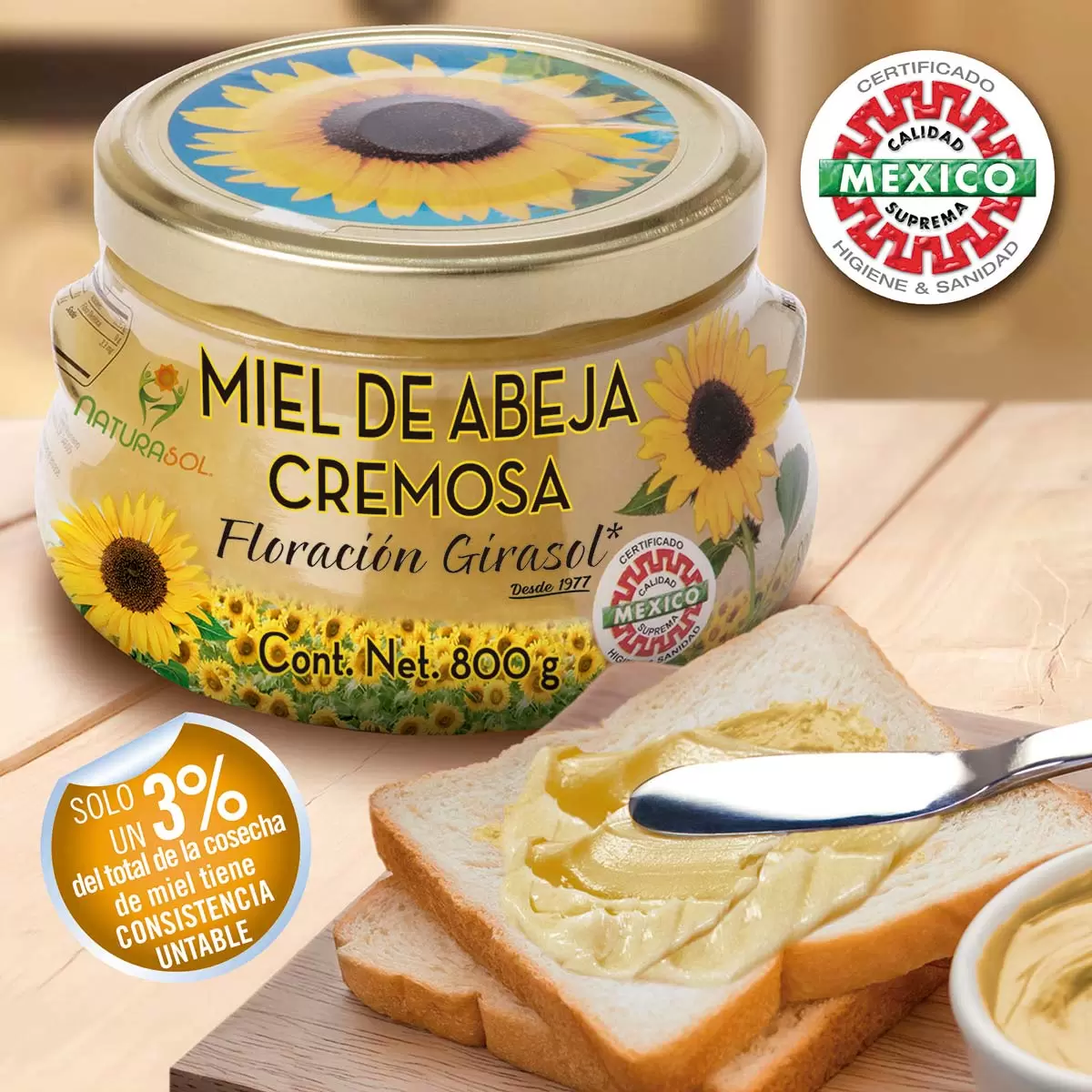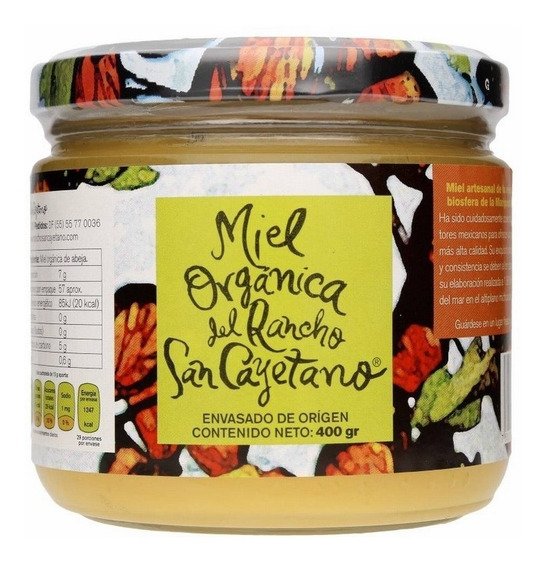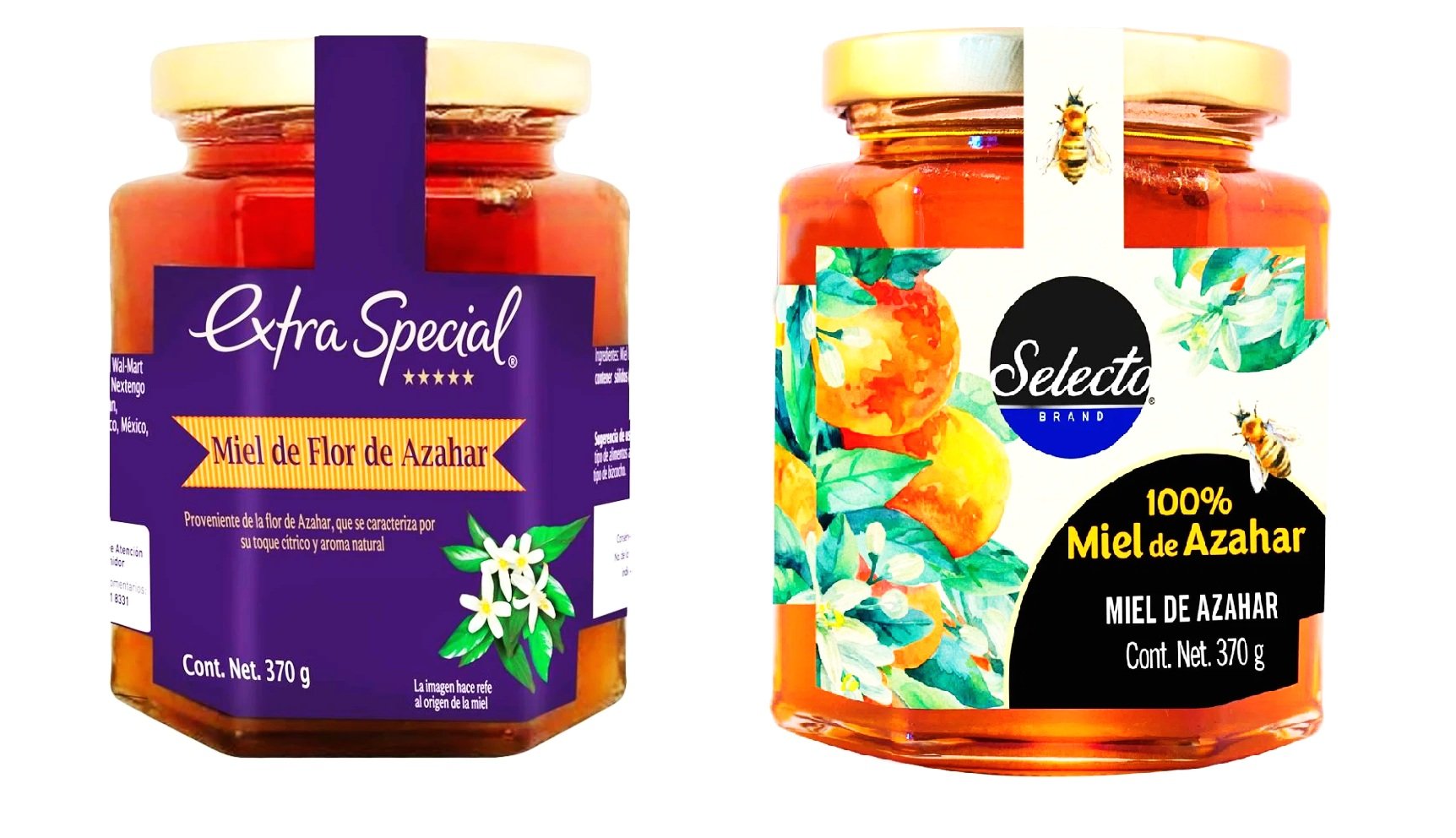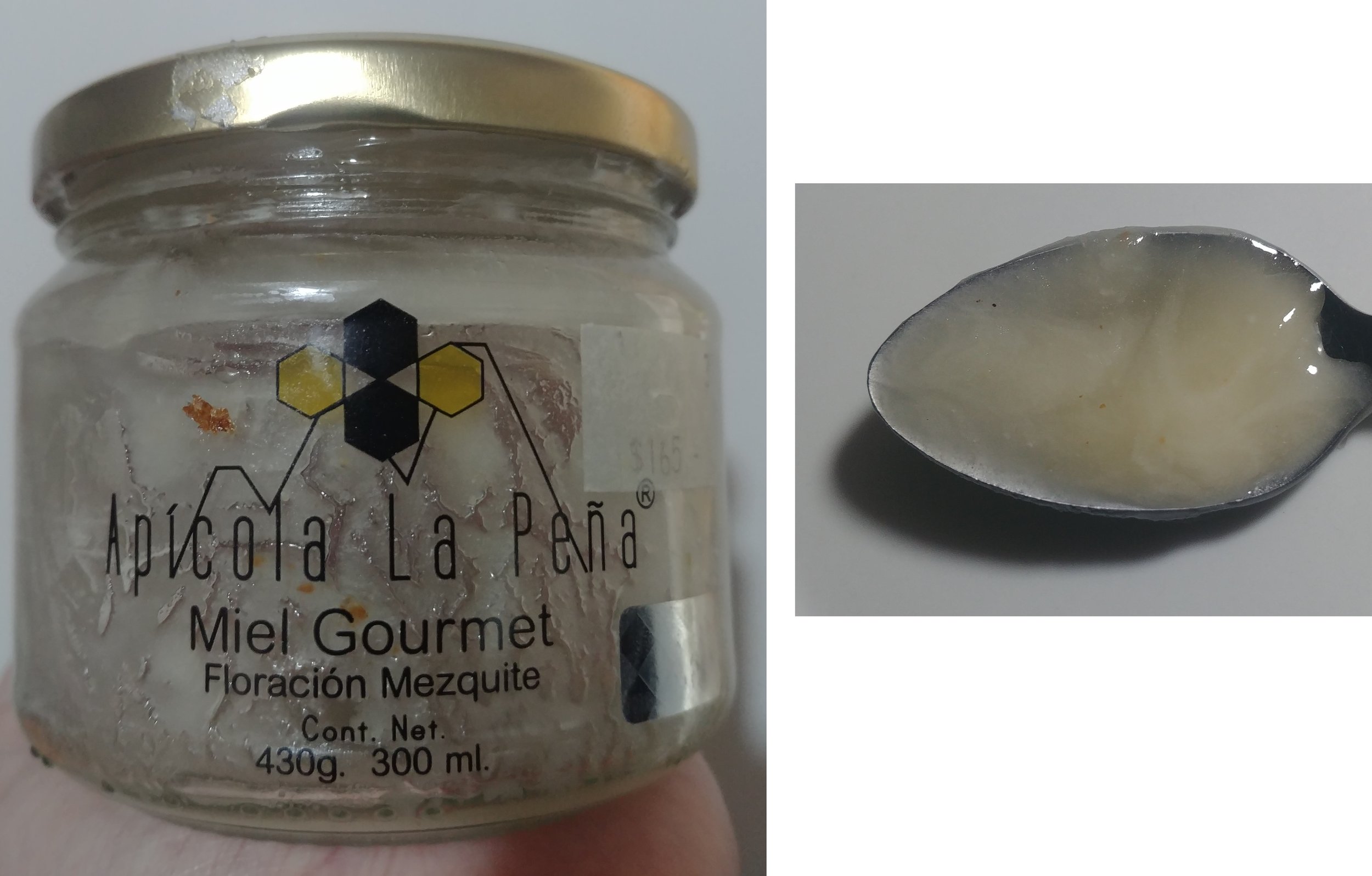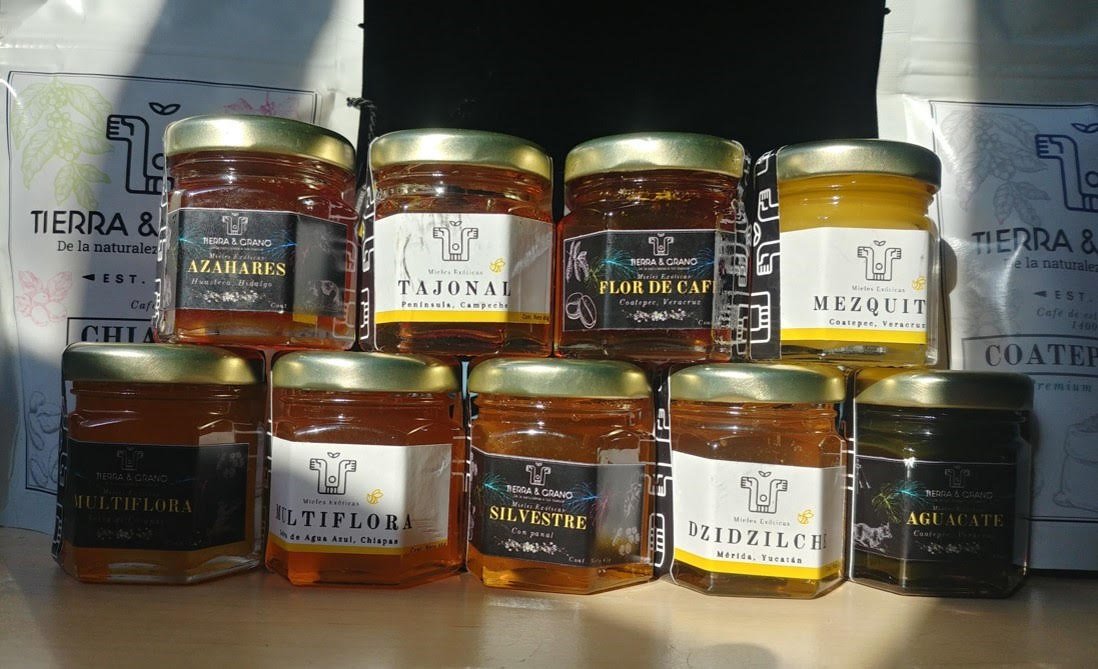The Marvels of Mexican Honey
The happy story of honey
Honey tells a happy story. After all, it’s a story of bees - where they visit, their capricious flights and their inevitable detours.
One might picture a bee buzzing straight to Tulip Poplars in Virginia or sunning among the buckwheat in California, each choice part of a unique campaign to provide a honey its terroir - or 'taste of place,” that combination of environmental factors that determine the character of honey, as it does wine, chocolate and coffee - other happy foods).
Honey basics
The first thing you learn about honey is there are two types - monofloral and multifloral. When certain flowers bloom in abundance, bees produce monofloral honeys, with one lucky flower lending its distinct color and flavor to the honey. Multifloral honeys come from a variety of flowers. Choosing a honey is much like choosing between a colorful bouquet or a perfect single rose.
Honeys offer a tantalizing range of textures, depending on the rate of crystallization. Creamy, silky honey has fine crystals - either from crystalized honey that is put in a machine to make the crystals smaller or through seeding, similar to how one would temperate chocolate. There is also raw ‘butter honey (miel mantequilla), a honey prone to finer crystals and thus naturally creamy
What makes Mexico’s honey special
Honey came early to Mexico, appearing its second time in Mexico (its first being what became Israel). Mayans produced honey in Yucatán, Campeche, Chiapas and Veracruz over 3,000 years ago. These honeys are ttajonal and dzidzilché floration honeys. You’ll find ttajonal flowers of significant importance in this part of Mexico, the flowers’ image stamped in the region’s architecture and commonly depicted in regional art.
What makes Mexican honey unique is that Milipona bees, the type of bee that produces this regional honey have no stingers. Scientific studies have shown that honey from these stingless bees (called Xunan-Kab in Mayan) offers more antioxidant and inflammation-reduction properties than honey from stinging bees. These bees absorb more of the nutritious properties of the plants than other bees. Milipona honey is still used in the Yucatan to treat eye, ear, skin, respiratory, digestive, and postpartum conditions.
Meliponicultura, as the production of honey is known in Mexico, is an activity that is mainly carried out by small producers who feed the bees with care and dedication using rustic natural and Maya techniques and rely on family labor or small co-ops.
The natural cycles of production of honey align with the rain cycles; the dry months of February to June are the months to harvest the most honey. In November, the Melipona bee honey producers do an additional collection of honey according to a Maya religious ritual.
The resulting Milponi honey has more fructose than glucose, resulting in a silky honey that has a slight umami (savory) and acidic notes. Its unique flavor and texture has drawn the attention of international chefs.
Melipona bees produce less honey and are rarer. The introduction of the European honey bee in 2011 allowed for vast production. Most Mexican honey today has added honey from the European honey bee (apis mellifera). The resulting hybrid honey from the Yucatan has evolved to be favored in Europe for its unequaled flavor, body, vitamin content, dark amber color, and high quality.
Honeys in Mexican grocery stores are most often found in the organics section. There you might find chamomile floration honey, which is honey infused with chamomile tea, Azahares honey, buckwheat floration honey, macadamia floration honey or manuka honey, a floration with unique benefits, and each of them, like all honey, represents a uniquely sweet voyage.
Other uses of honey
Pears with Prosciutto, Blue Cheese and Honey
Honey is most often used in sauces, marinades and of course desserts, pairing well with soft or even blue cheese, creating a fun way create tastings, pairing different cheeses with different honeys until you find the mix you like (again like chocolate and wine). You can also substitute honey for sugar in baking and breakfast recipes.
These prosciutto-wrapped pear wedges from the Canadian National Honey Board bring all the salty sweet together well.
2 pears, cored and cut into 8 wedges 16 thin slices of 6 oz.
Prosciutto, sliced 5 oz.
Blue cheese, 1/4 cup (queso azul)
Honey (miel)
Place the prosciutto slice on a flat surface and then place pear in the middle. Sprinkle each wedge with about 2 tsp. of blue cheese and then drizzle honey on top. Wrap the prosciutto around the pear and serve.About the author:
Kerry Baker is the author of several books, including If I Only Had a Place, a guide to renting in Mexico, The Mexico Solution: Saving your money, sanity and quality of life by living in Mexico Part-Time is an entertaining guidebook on how to set up a “mini-life” in Mexico. Her most recent book, The Lazy Expat: Healthy Recipes That Translate in Mexico is a cookbook for travelers, expats and snowbirds. You can’t maintain a healthy diet in Mexico without cooking. The Lazy Expat shows you how.
